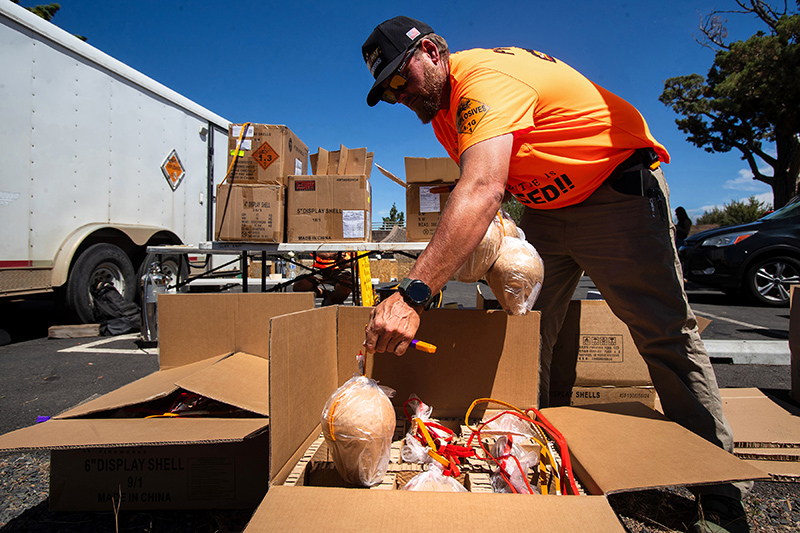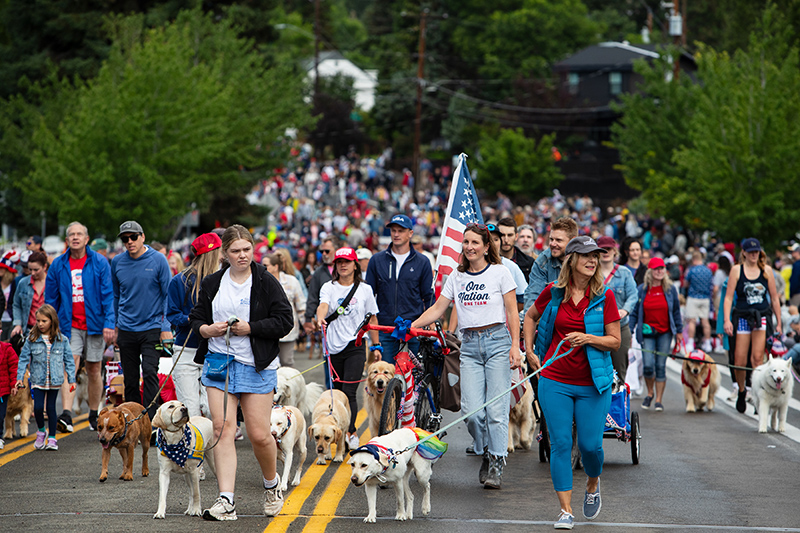Guest column: Confessions of a foodie
Published 12:00 am Wednesday, November 7, 2018

- Guest Column
As I am looking back over 40 years in the food business, from chef to senior level strategist in the corporate world of food, there is much to say.
One could start with “what happened?” because it seems so incredible to contemplate the changes that happened in my lifetime in the food system.
Today, we read in a report from the Environmental Working Group that there is Roundup to be found in cereals. Traces of glyphosate are found in mothers’ milk, according to a study commissioned by Moms Across America and Sustainable Pulse. Strange allergies and behavioral changes in children point toward a lack of nutrients critical in formative years, according to the National Institutes of Health. We have had an epidemic building up in just the last few decades of obesity, diabetes, heart disease, cancers that many medical researchers consider at least partly caused by nutrition.
Based on a report from Scientific American, the world has lost one-third of its top soil. At current rates of depletion, there are only 60 years of farming left. The environmental damage caused by an industrial, chemical-intensive agriculture is significant, unsustainable and cannot continue in perpetuity. My attention to these issues and their underlying causes was drawn after I retired and had time to learn, think, discuss. The much larger issue is sustainability, keeping our environment healthy and resilient in the face of a changing climate. Most everyone understands the need to preserve energy, insulate the house, get LED bulbs, buy an efficient car, turn down the thermostat. But we don’t yet link what we eat with an understanding of how that impacts our health and that of nature.
I have had the opportunity to work internationally for a food wholesaler as corporate head of target group marketing, with teams operating in 25 countries. It was so humbling to learn from ancient cultures that survived thousands of years on the same soil, the same land. What they had in common was a local cuisine that is complementary with the needs of nature, living within what she can provide sustainably, and our human well-being. Think of the Mediterranean civilizations, or of Asians or Europeans. Trial and error over many generations taught them to keep their soil alive and healthy. We need to start thinking how to accomplish this, as the American cuisine has no structure that considers the rhythms and needs of nature as a guide. We can do so by respecting and learning from the empirical wisdom of 10,000 years of agriculture, from civilizations that perished and from those that survived.
My wife, Janet, and I moved to Bend two years ago, and I joined Citizens’ Climate Lobby as a member of the national agricultural action team. While CCL is laser focused on a carbon fee and dividend, recommended by many economists as the most efficient way to stimulate innovation and the economy, we are also preparing next steps, once this mission is accomplished. Agriculture and the food system in general will experience the same level of disruptive innovation as does the energy sector. Just like is the case with energy, we are being asked as individuals to create the collective will for change in the food system. What we put on the plate matters.
There is so much creativity in the food business visible in Bend. We love the community and the many independent restaurants and food markets. The challenge is to bring the needed changes in agriculture to scale, and encourage larger producers and retail units to join this effort. For more information, look up regenerationinternational.org or 4p1000.org, both organizations committed to regenerative organic agriculture. Another excellent source to explain the direction of menu design and development is menusofchange.org, a partnership between Harvard School of Public Health and the Culinary Institute of America. Bon appetite.
— Klaus Mager lives in Bend.








